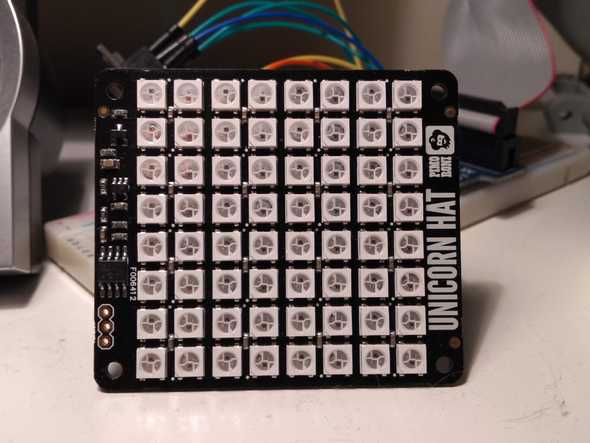The PyClock is a hardware and software project. Today, I want to focus on the hardware.
The Brain
The first, and arguably, most important piece of hardware used for the PyClock2 is the Raspberry Pi. For development purposes, I'm currently using a Pi 3 Model B. The final piece of hardware will be running on a Pi Zero-W. I'll delve into the reasons I'm using a higher spec board for development in a later post. The Raspberry Pi is the brains of the machine, and allows for easy prototyping. A Raspberry Pi packs a lot of features onto a tiny circuit board, but it doesn't have everything you might expect from a full-sized computer.
The Heart
One of those things is a real-time clock. The Raspberry Pi relies on pinging a Network Time Protocol on boot to figure out what time it is. This might prove to be a problem if I go travelling with my clock, and don't have wi-fi available to connect to. After much research, I chose to go with the Adafruit PiRTC, a preassembled add-on based on the PCF8523 RTC.
The Face
The last piece of the puzzle was the Pimoroni Unicorn HAT. One can't very well have a picture clock without pictures, and the device needed to be releatively self-contained. The 8x8 RGB light grid provided by the Unicorn seemed to be just enough to be able to render simple pictures that a toddler could understand.
With that, I had the three components needed to build the PyClock. Next time, I'll discuss the original PyClock.
